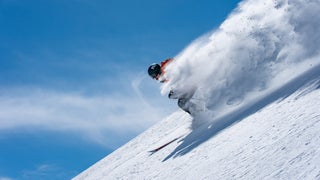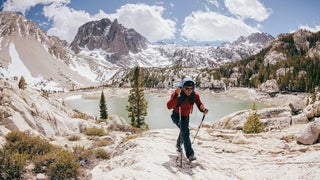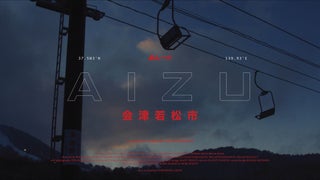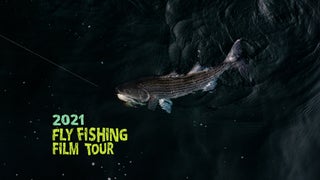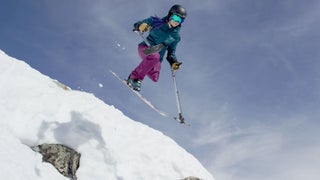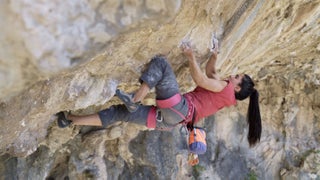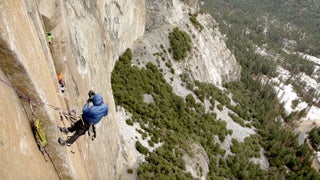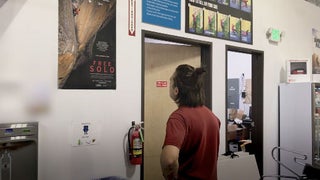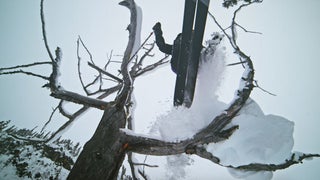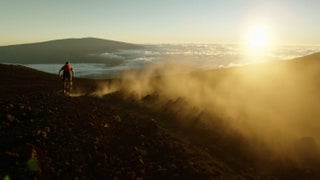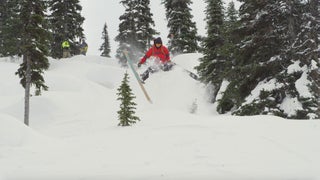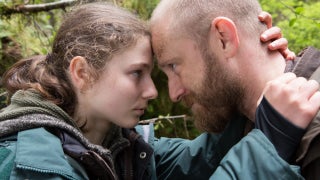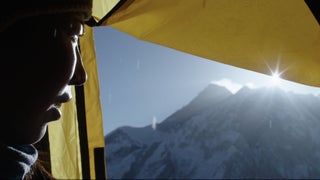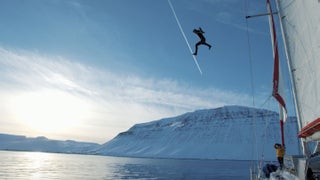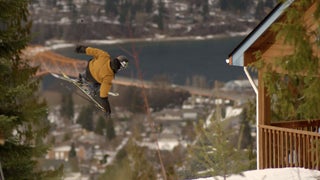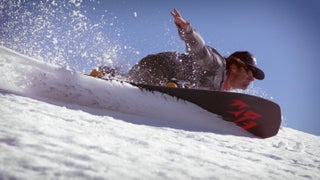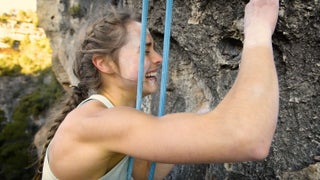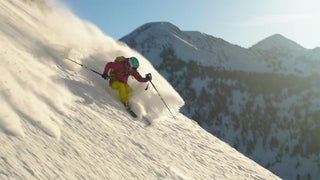Film

The Warren Miller Film Tour Rides Again with ‘Winter Starts Now’
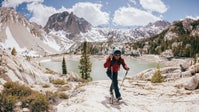
‘Step by Step’ Captures the Mindset of a Game-Changing Athlete

Kai Lightner’s Plan to Make Climbing More Inclusive

Fukushima’s Outdoor Community Has Driven Its Recovery

A Sneak Peek of This Year’s F3T
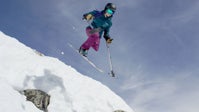
We Love This All-Women Film Festival
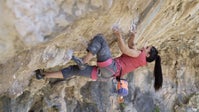
Meet the Women Reshaping Climbing
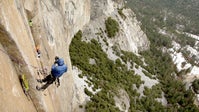
The Challenge of Filming ‘The Dawn Wall’
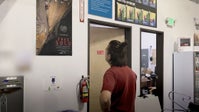
A ‘Free Solo’ Parody

A Reminder That Life Should Be Simple
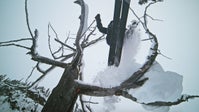
‘Far Out’ Trailer
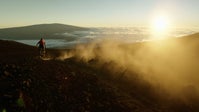
Banff Mountain Film and Book Festival
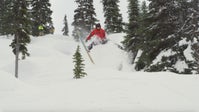
Watch the Trailer for ‘Zig Zag’
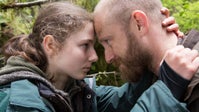
‘Leave No Trace’ Trailer
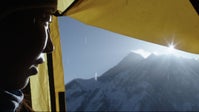
An Ode to Climbing Mountains
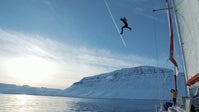
‘Under An Arctic Sky’ Behind The Scenes
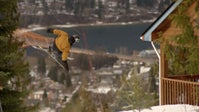
This Is What Pro Skiers Do in the City

‘Life of Glide’ Trailer
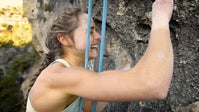
The Best Climbing of 2017

Trailer: ‘Follow Through’
Fukushima’s Outdoor Community Has Driven Its Recovery
New perk: Easily find new routes and hidden gems, upcoming running events, and more near you. Your weekly Local Running Newsletter has everything you need to lace up! .
In 2011, the Tohoku earthquake and subsequent tsunami precipitated a devastating explosion at the Fukushima Daiichi nuclear power plant in Japan’s Fukushima Prefecture. It was the worst nuclear disaster since Chernobyl. In the decade since, the region and its residents have slowly transitioned from reeling to rebuilding.
Fukushima, a place where the mountains meet the sea, is home to dozens of ski hills and remarkable surf breaks. When filmmaker Mattias Evangelista traveled there last year on assignment, the landscape and the area’s small towns reminded him of his home in Washington State. But after the explosion, the region has been remembered internationally as a disaster site. He thought, What if it were instead known for its outdoor access, the deep annual snowfall, the world-class surfing, and the uncrowded ski resorts?
Evangelista’s short film, Aizu, introduces viewers to Adachi Futa and Hiroki Matsuura, two locals who offer a window into the way the disaster impacted their lives and the role that snowboarding and surfing had in their healing.
